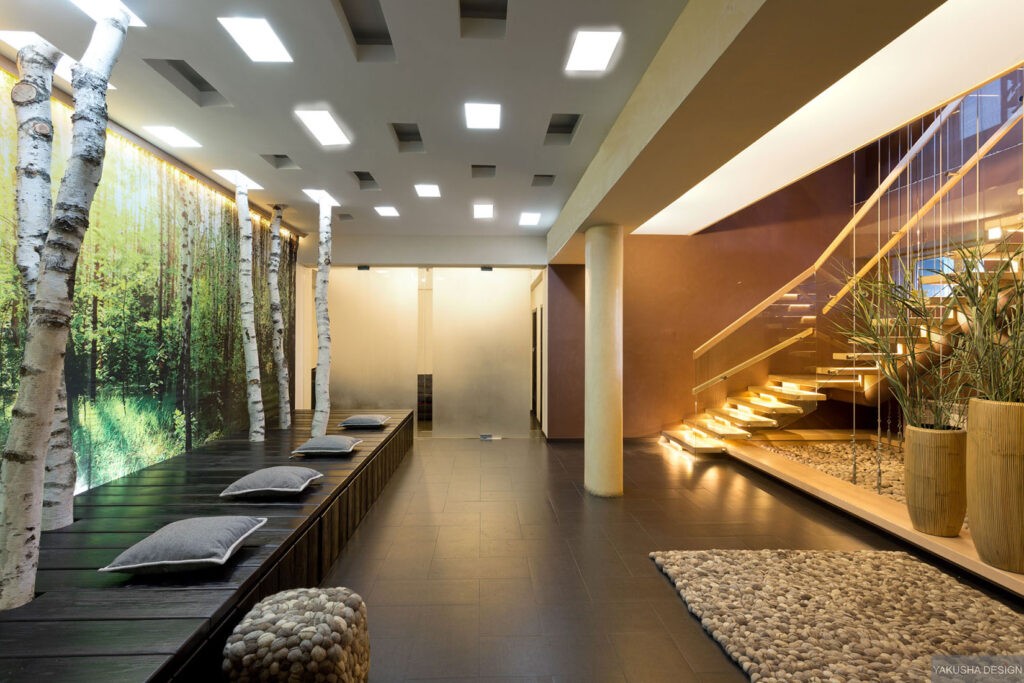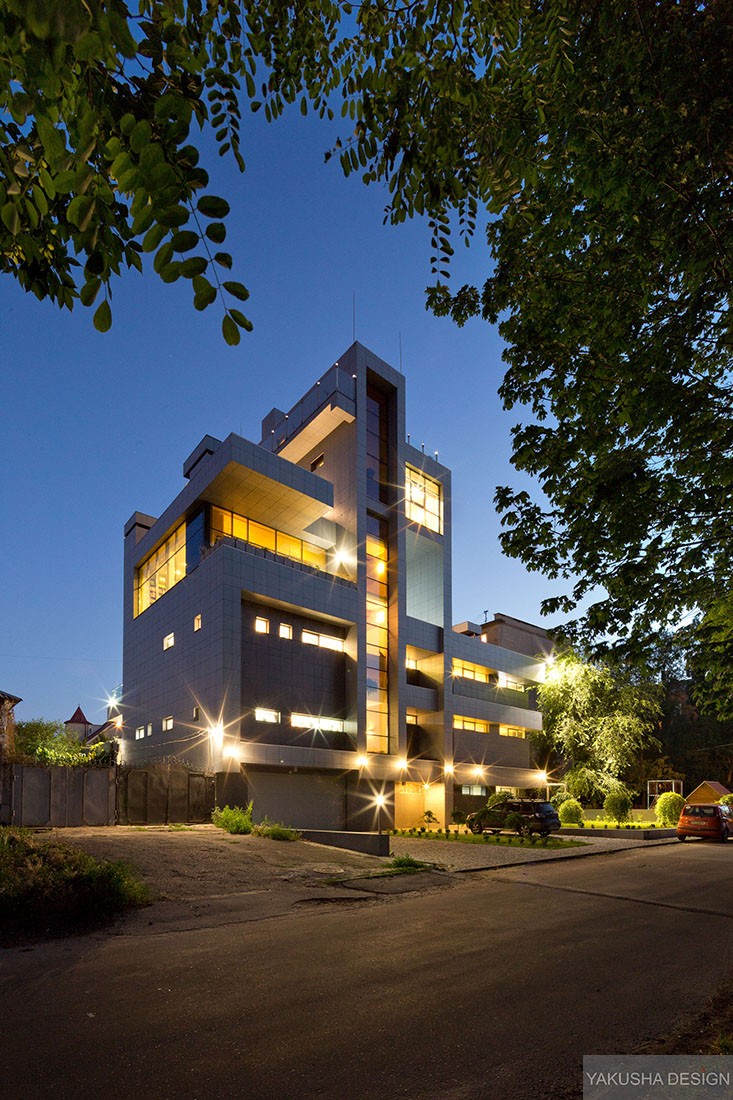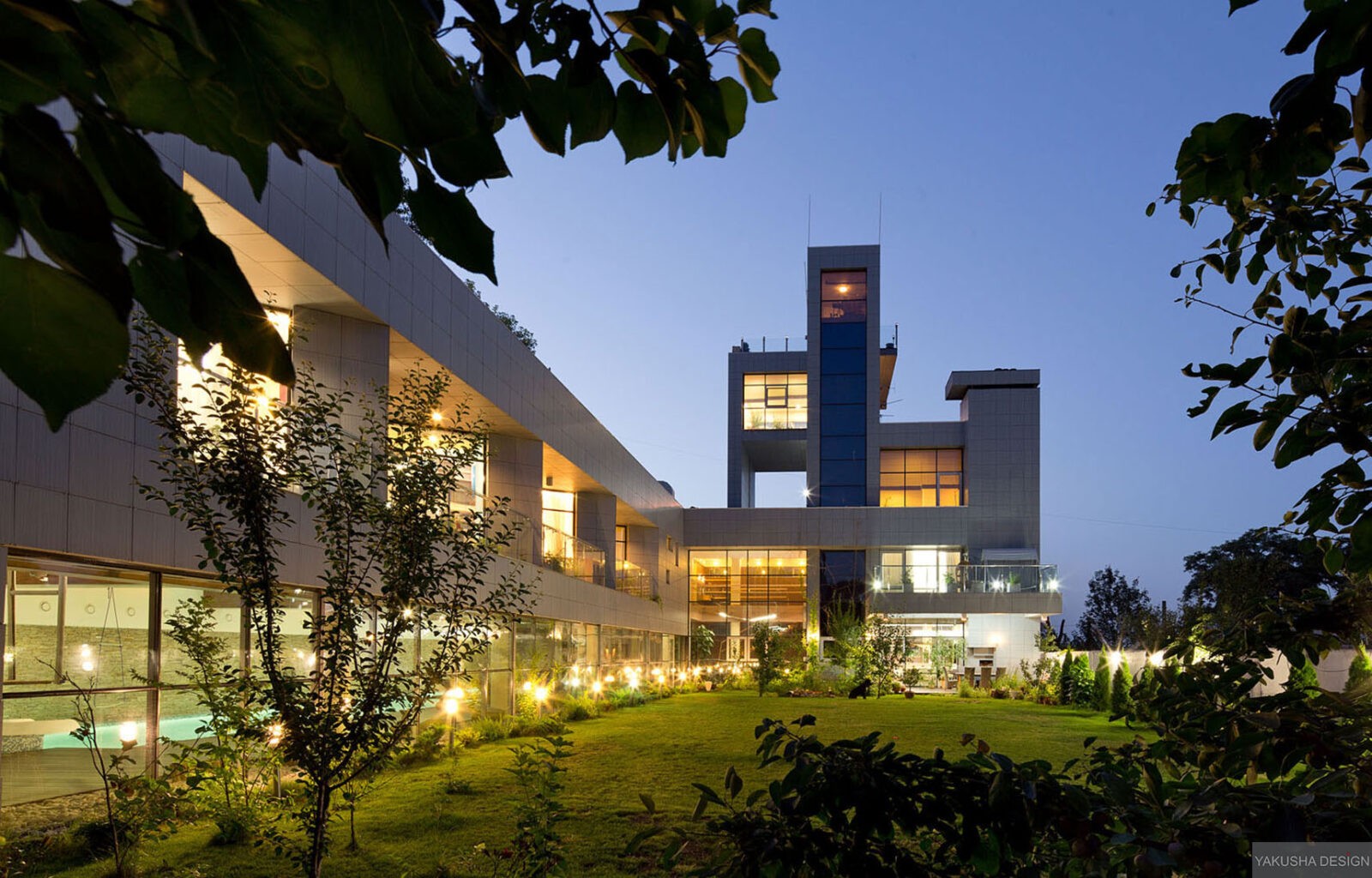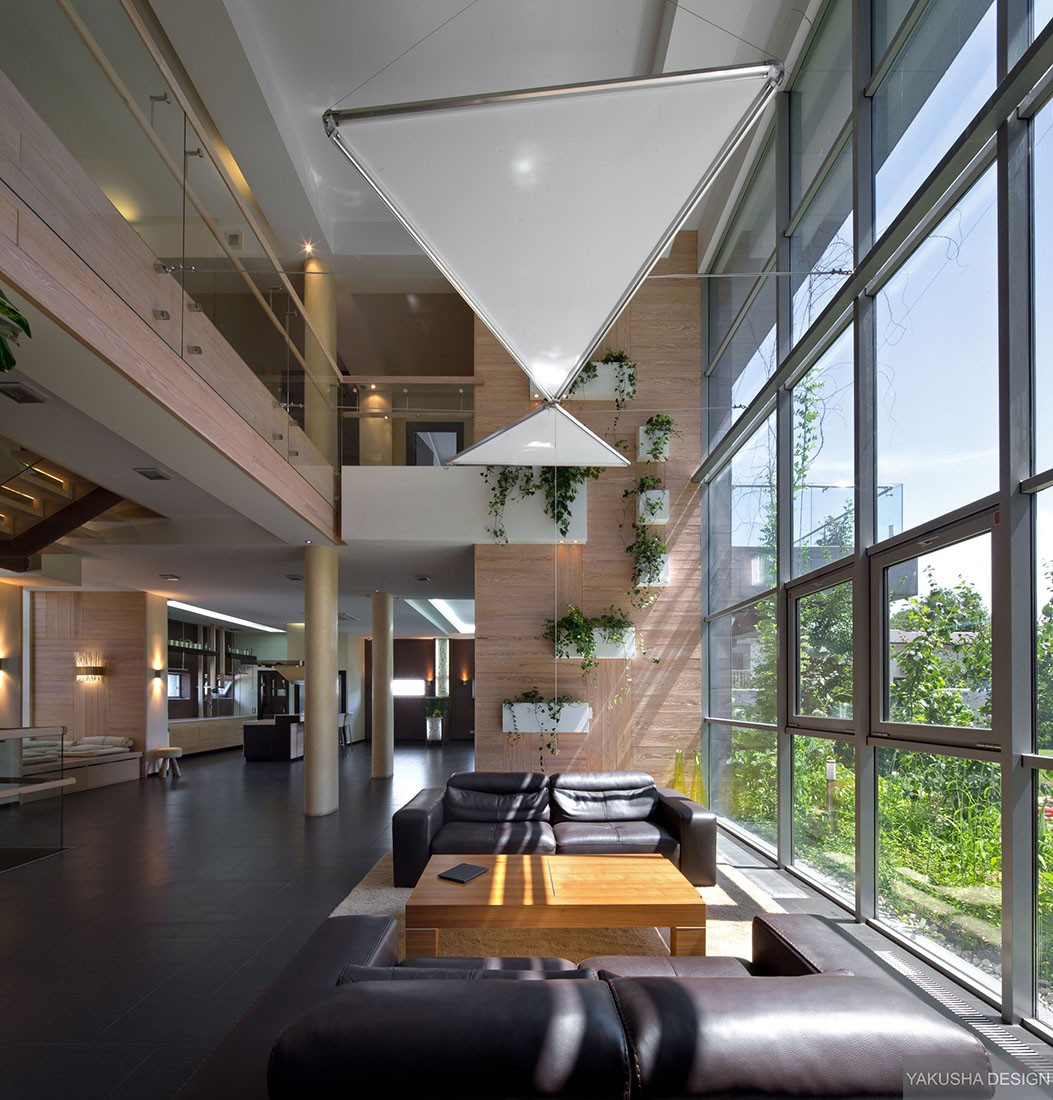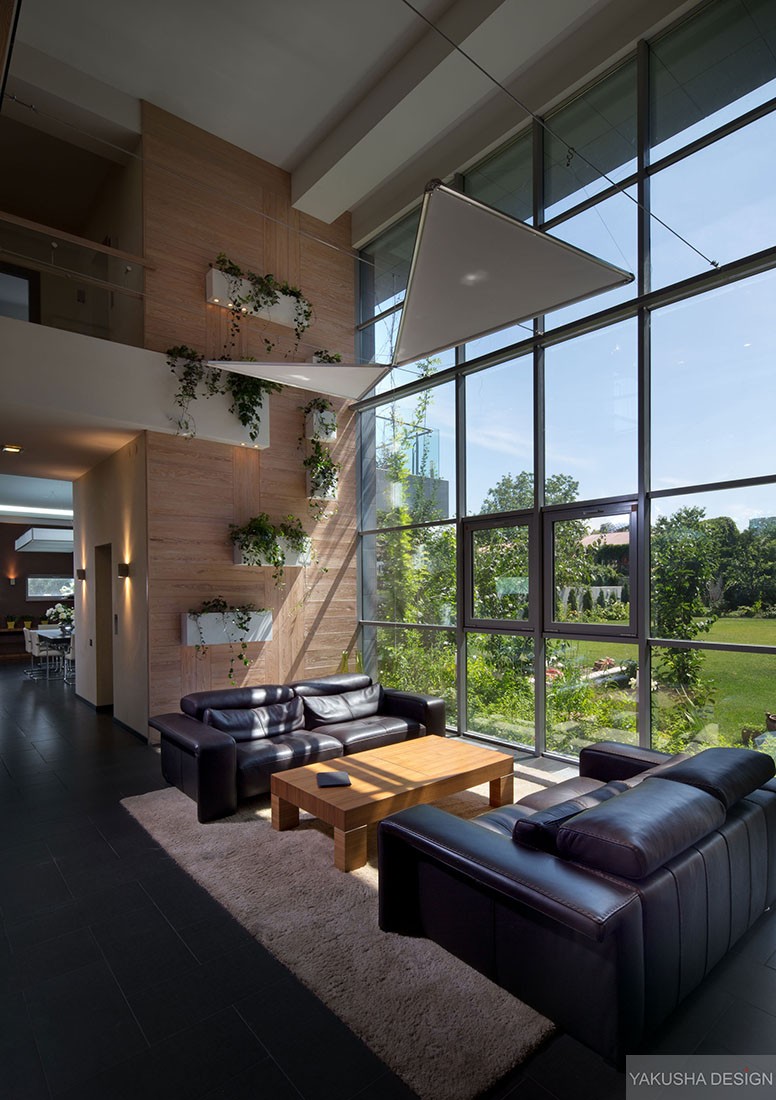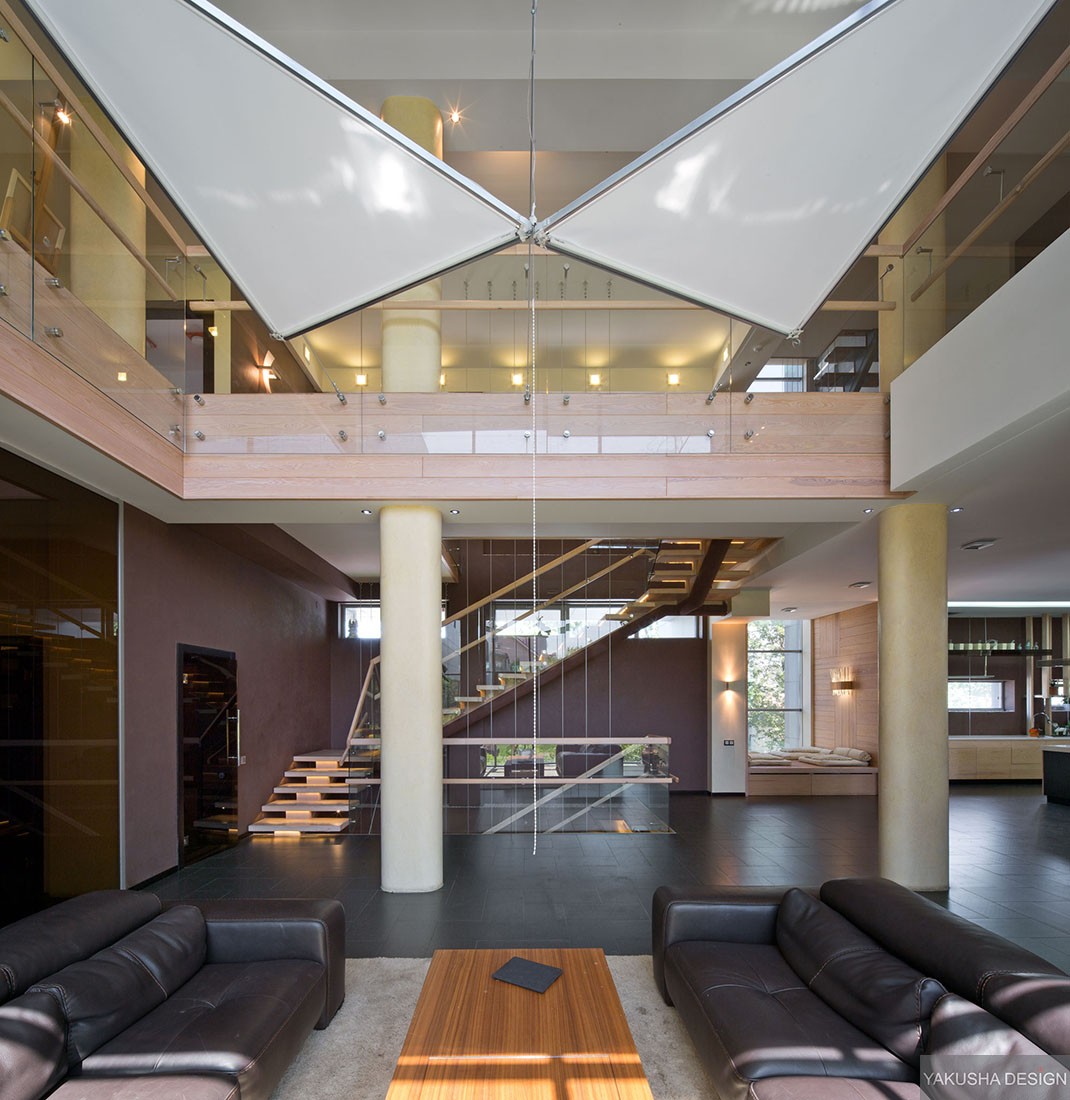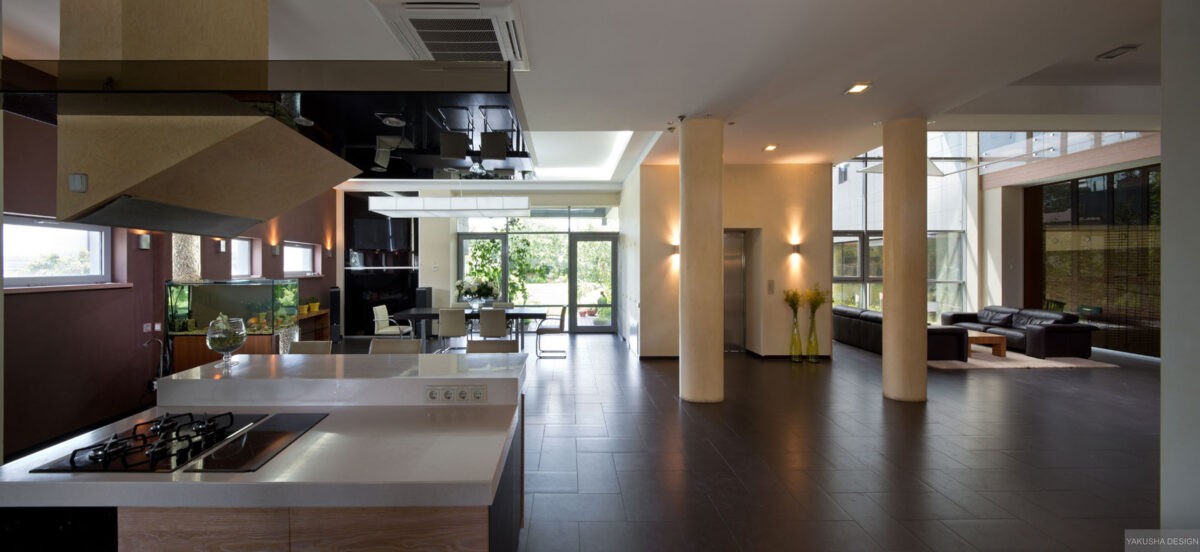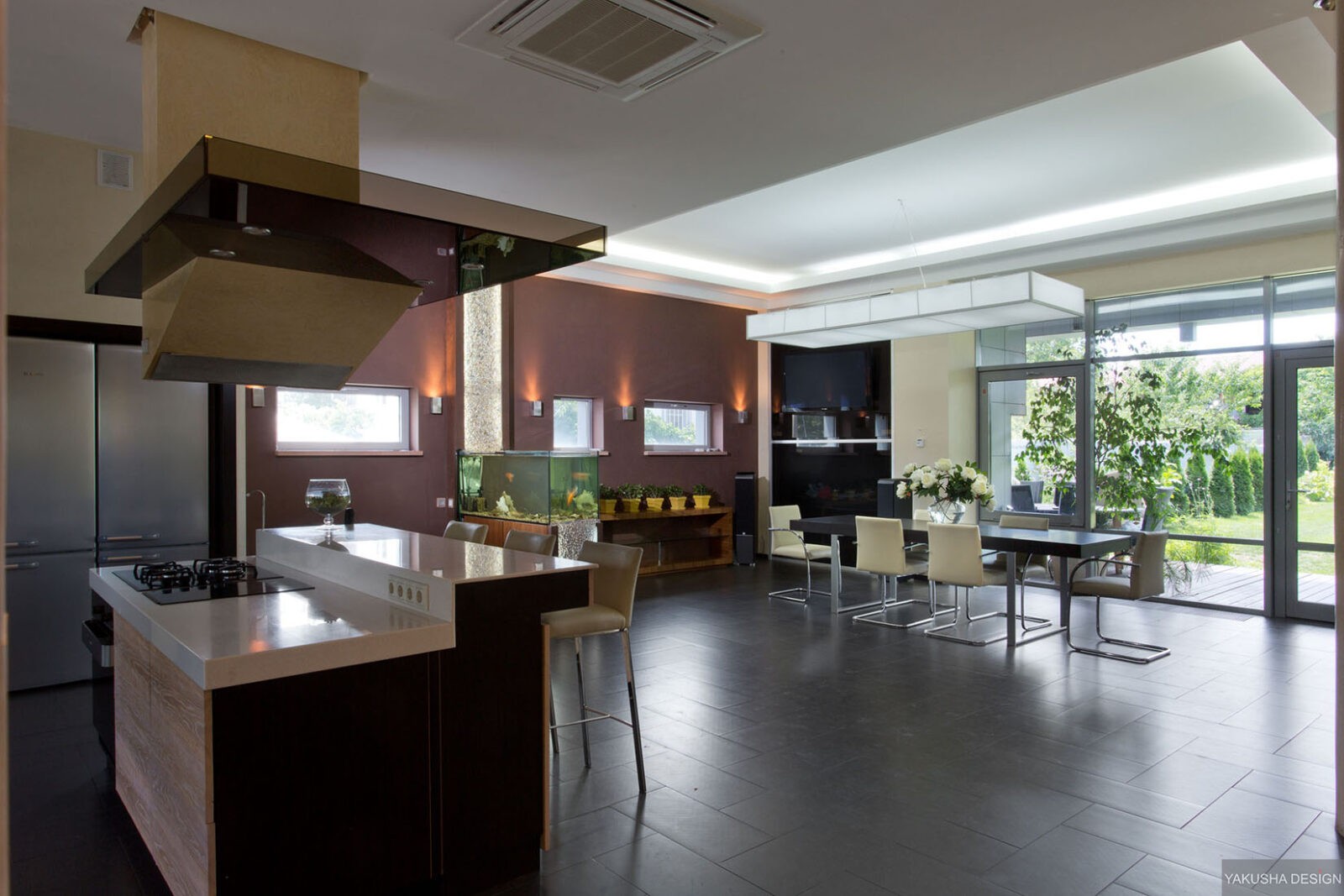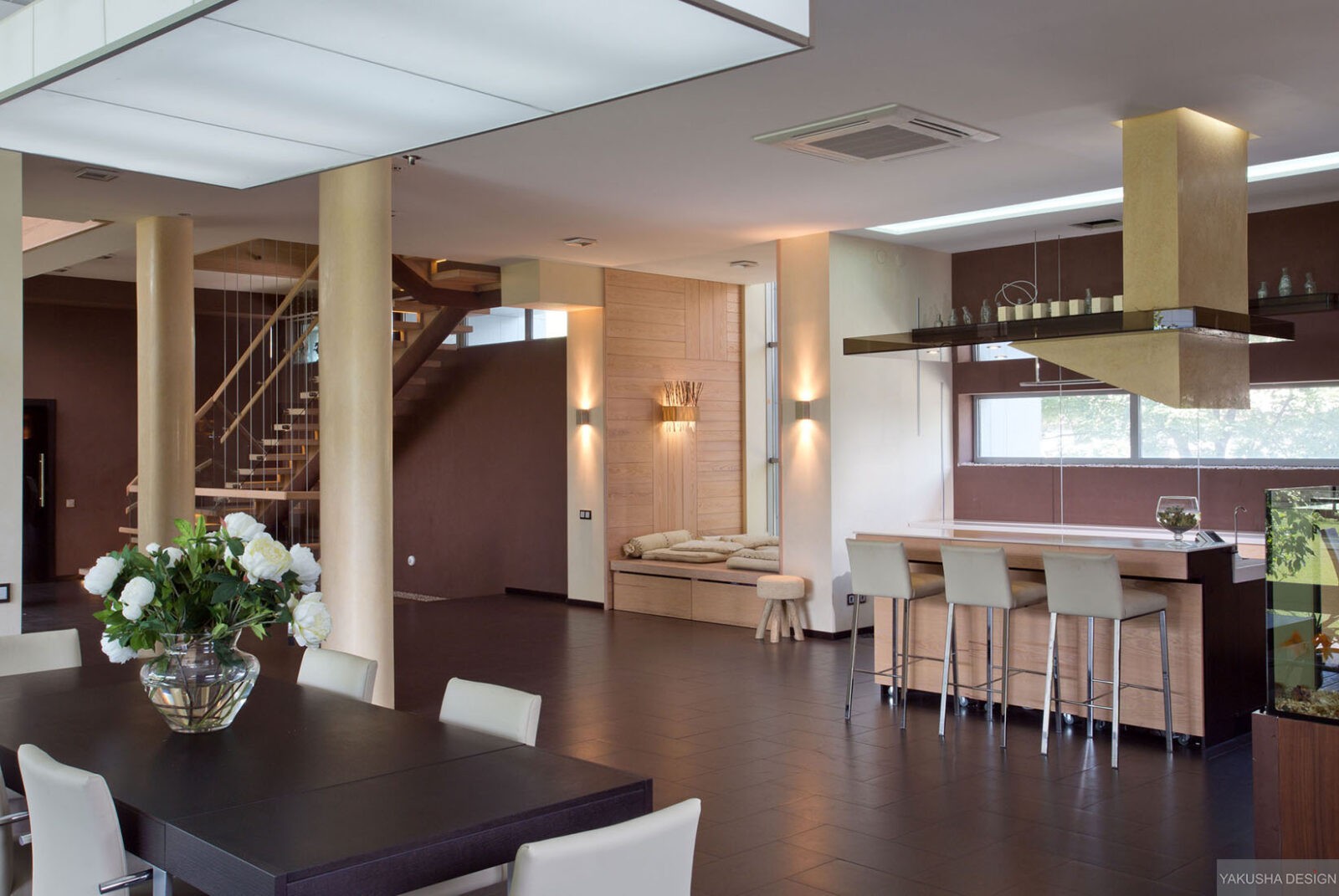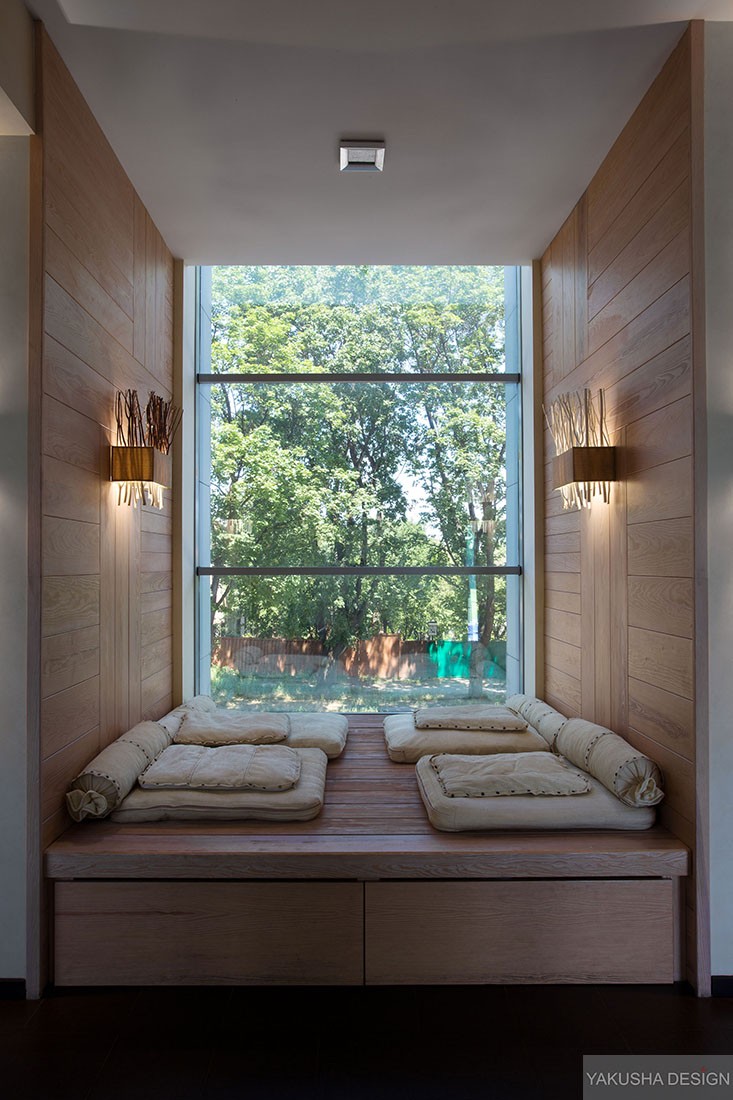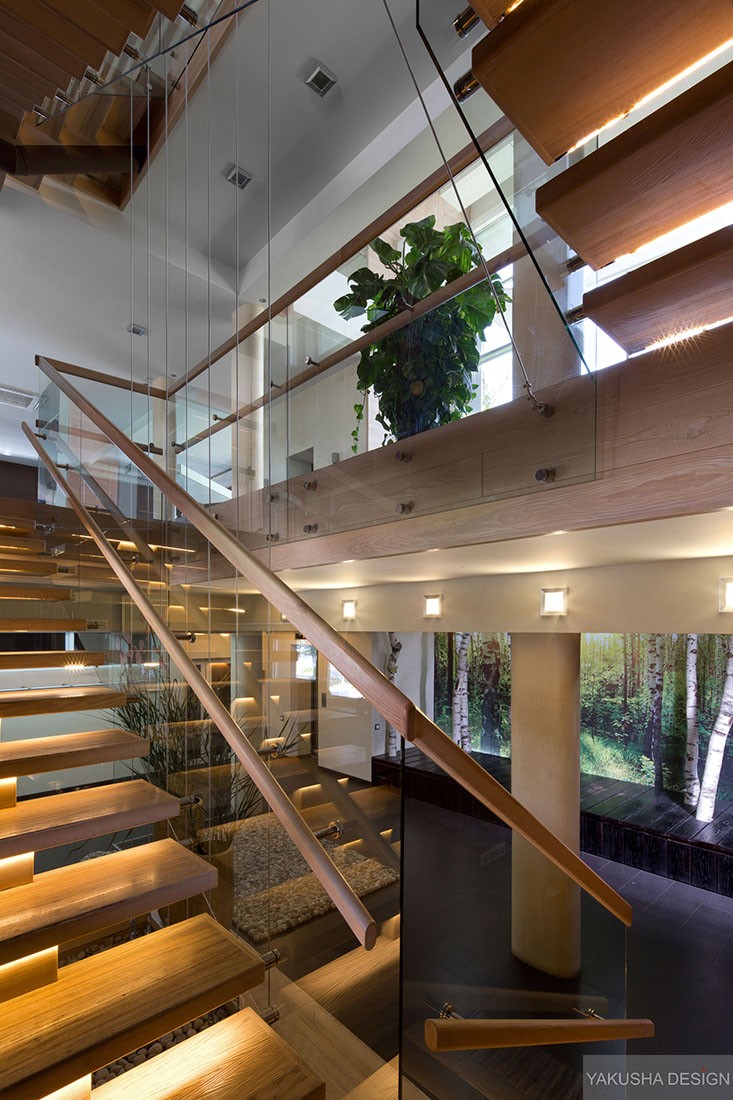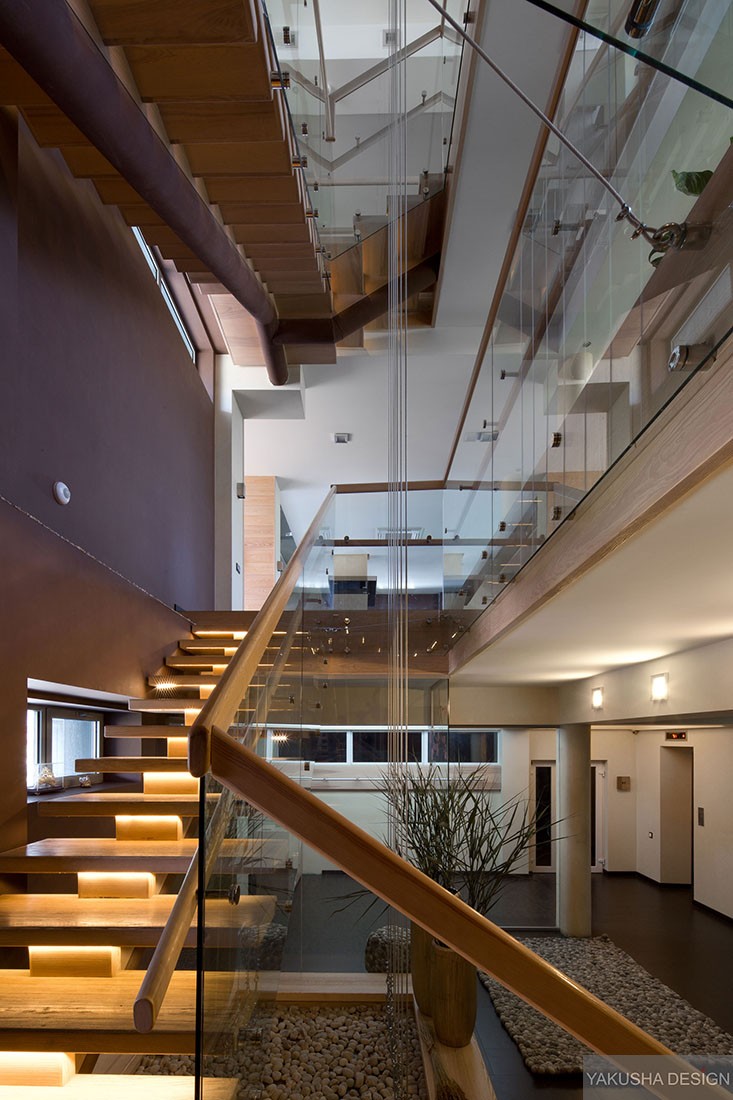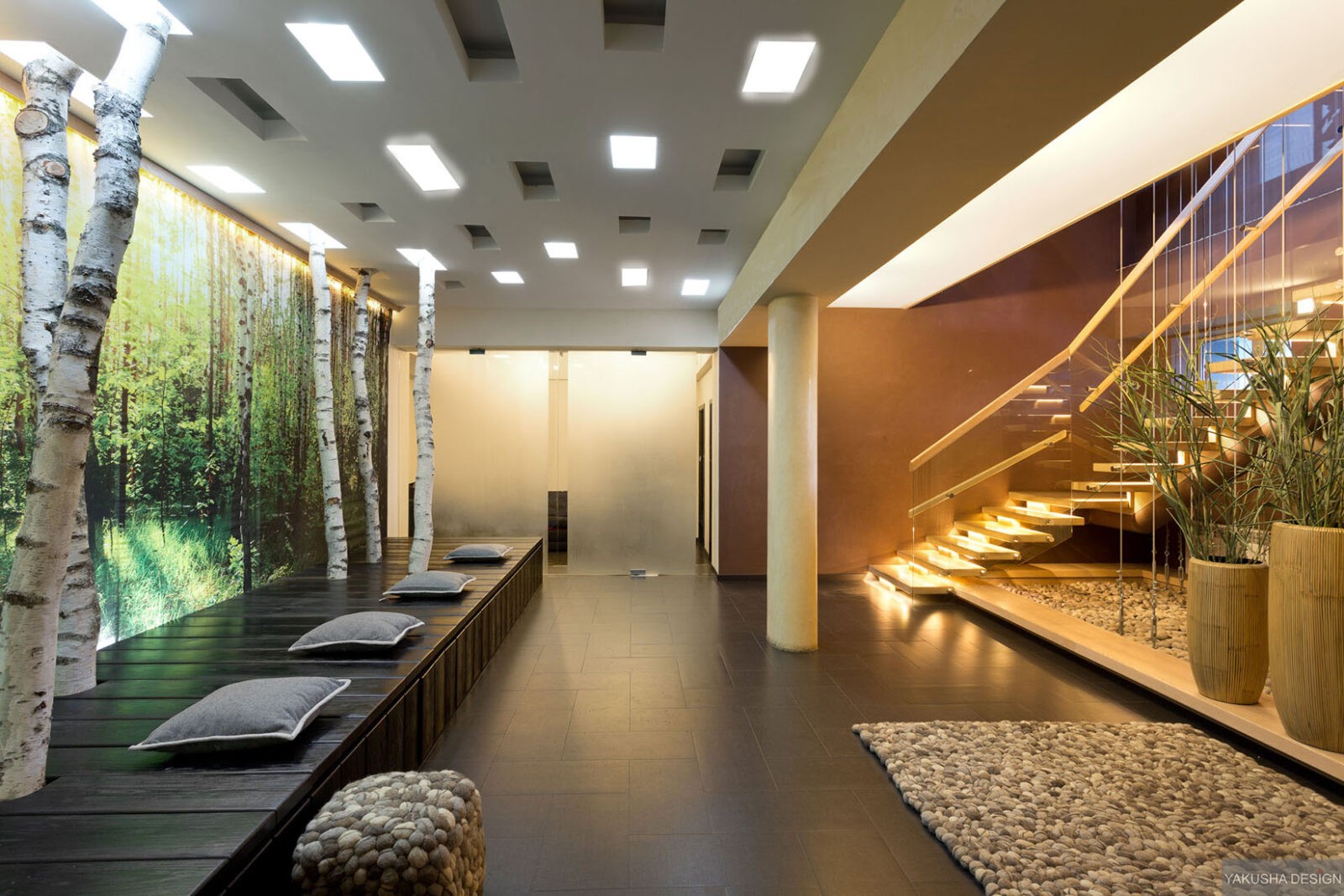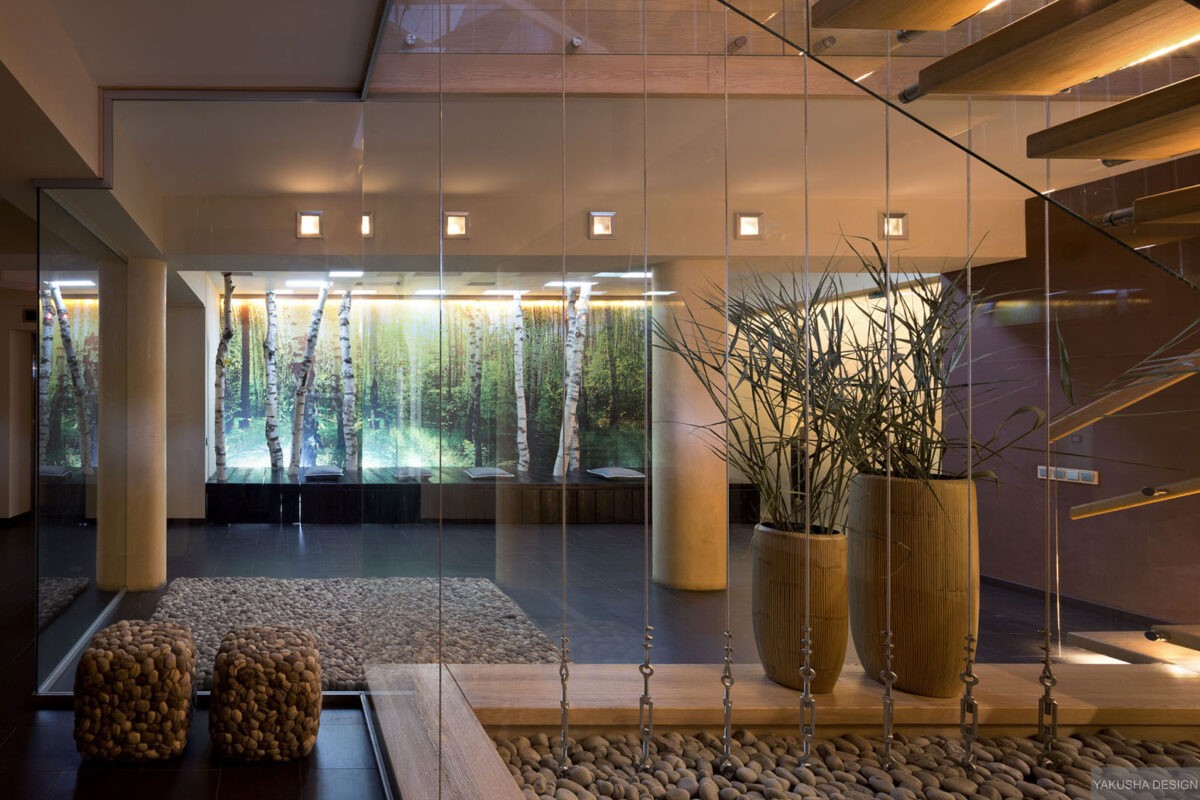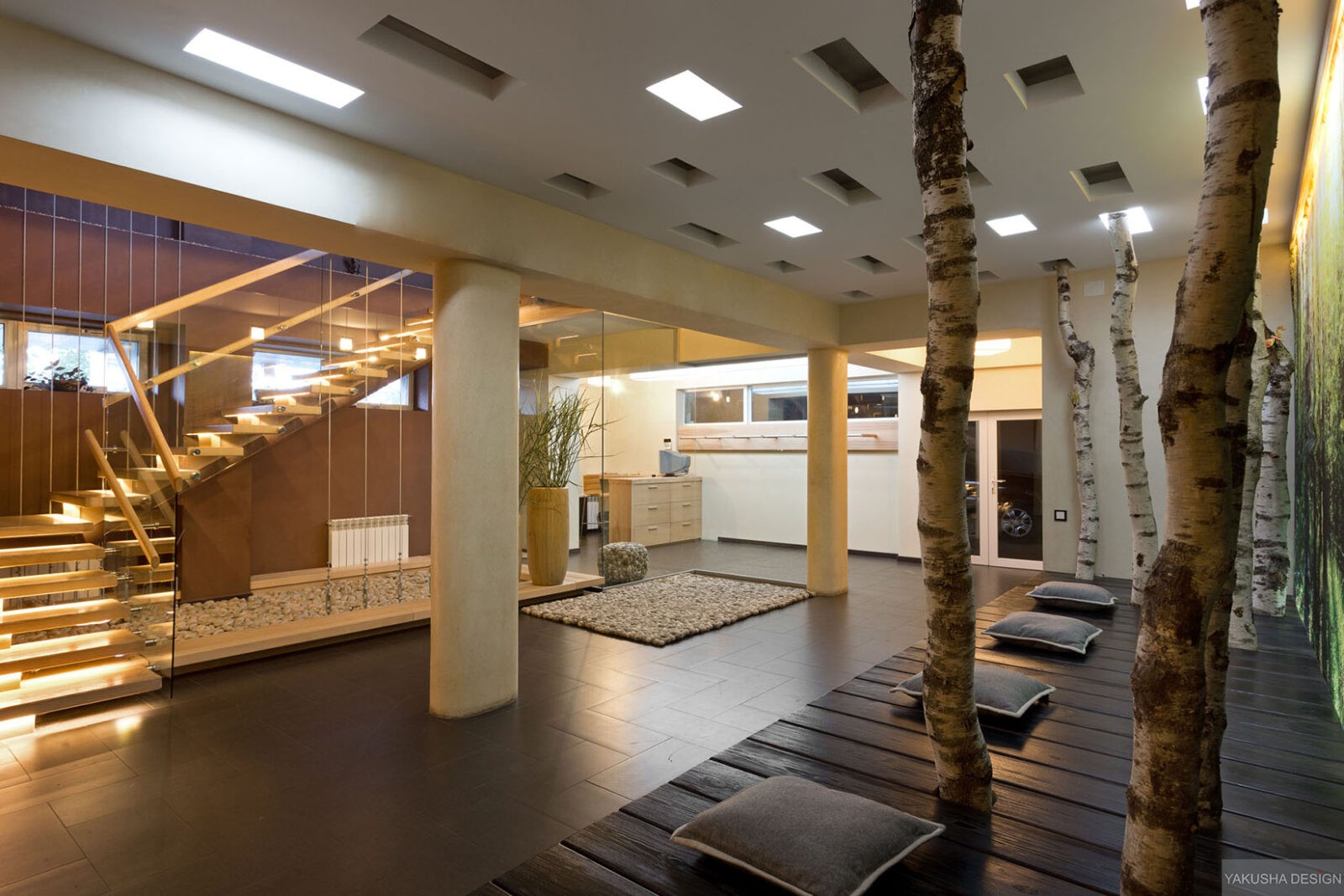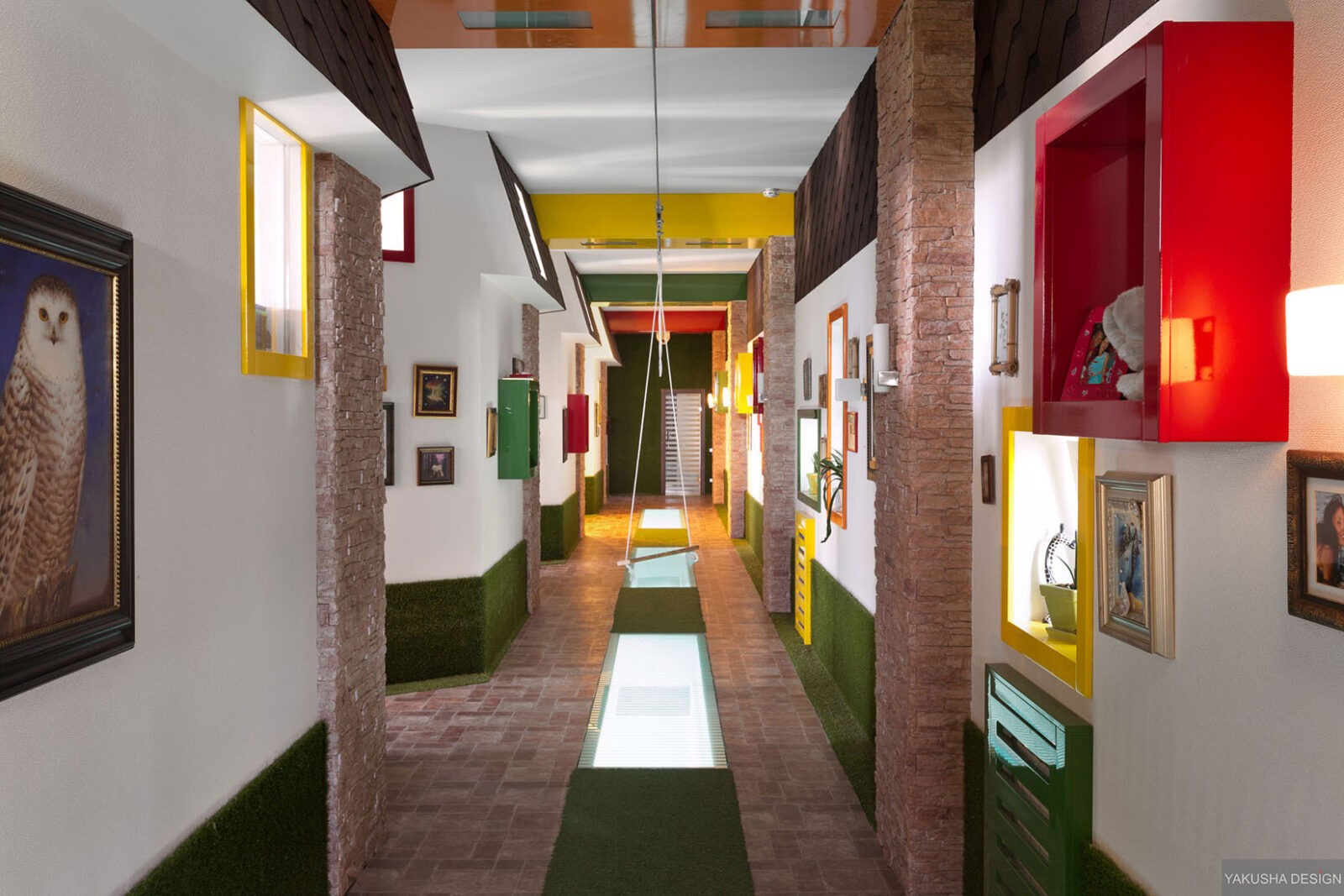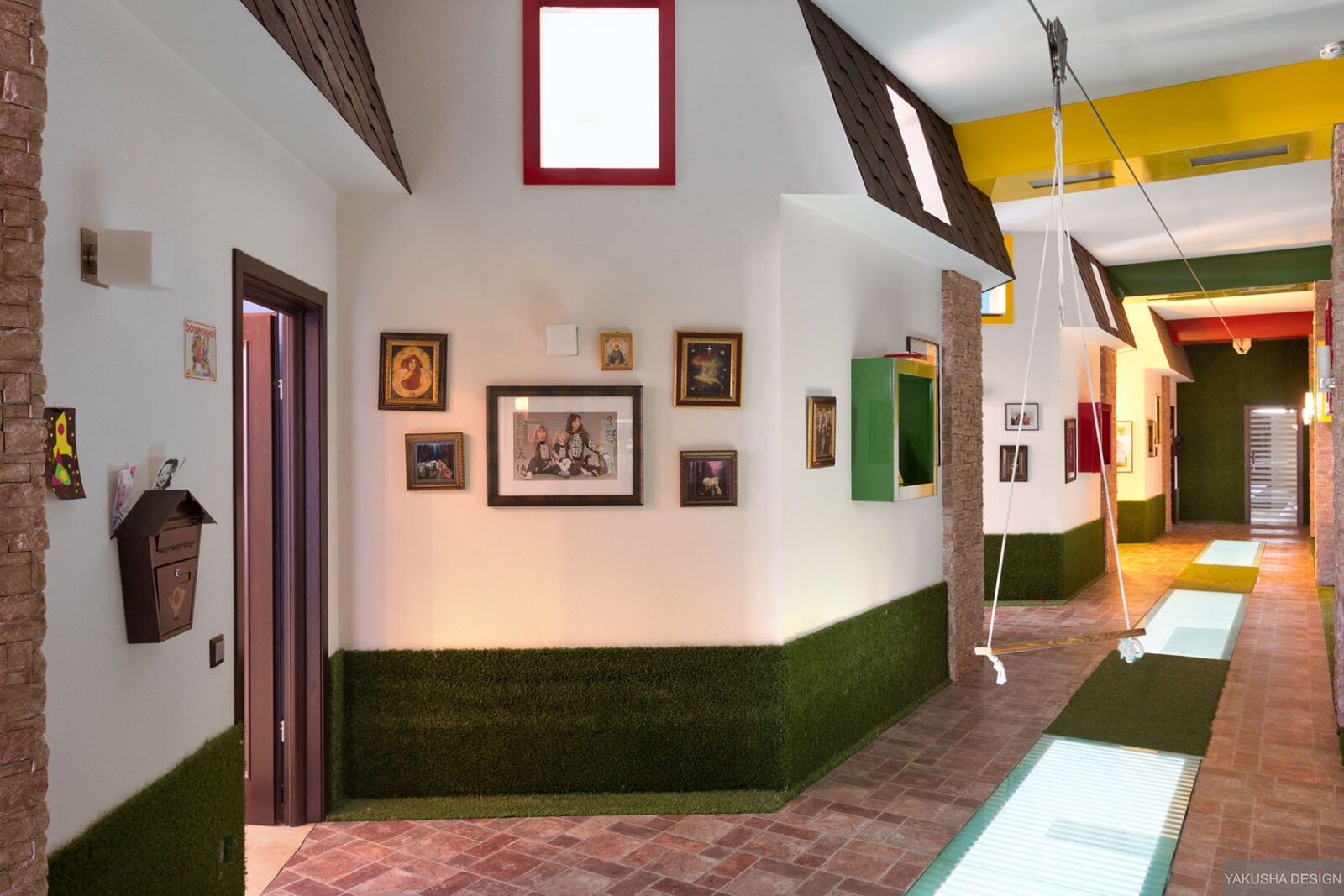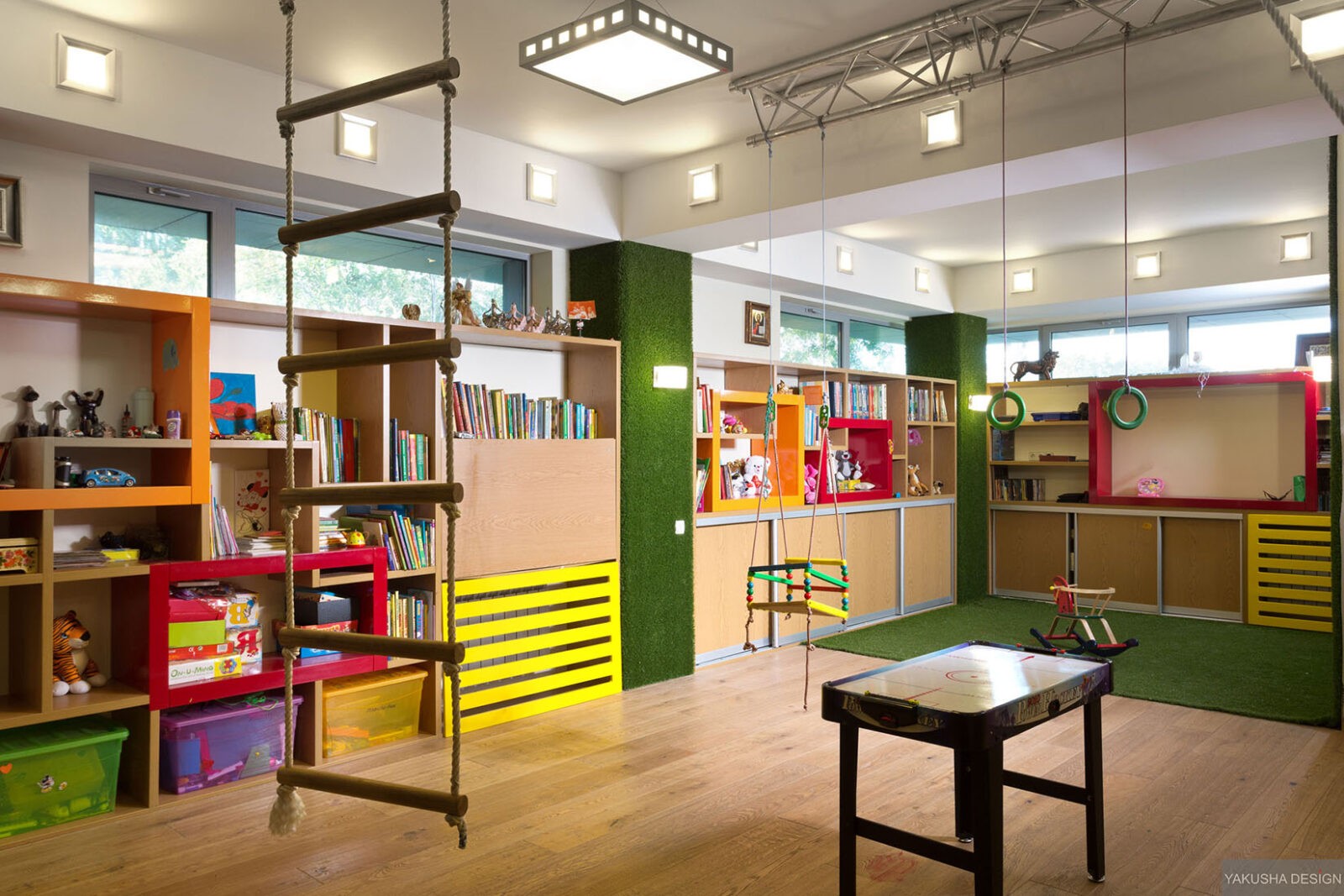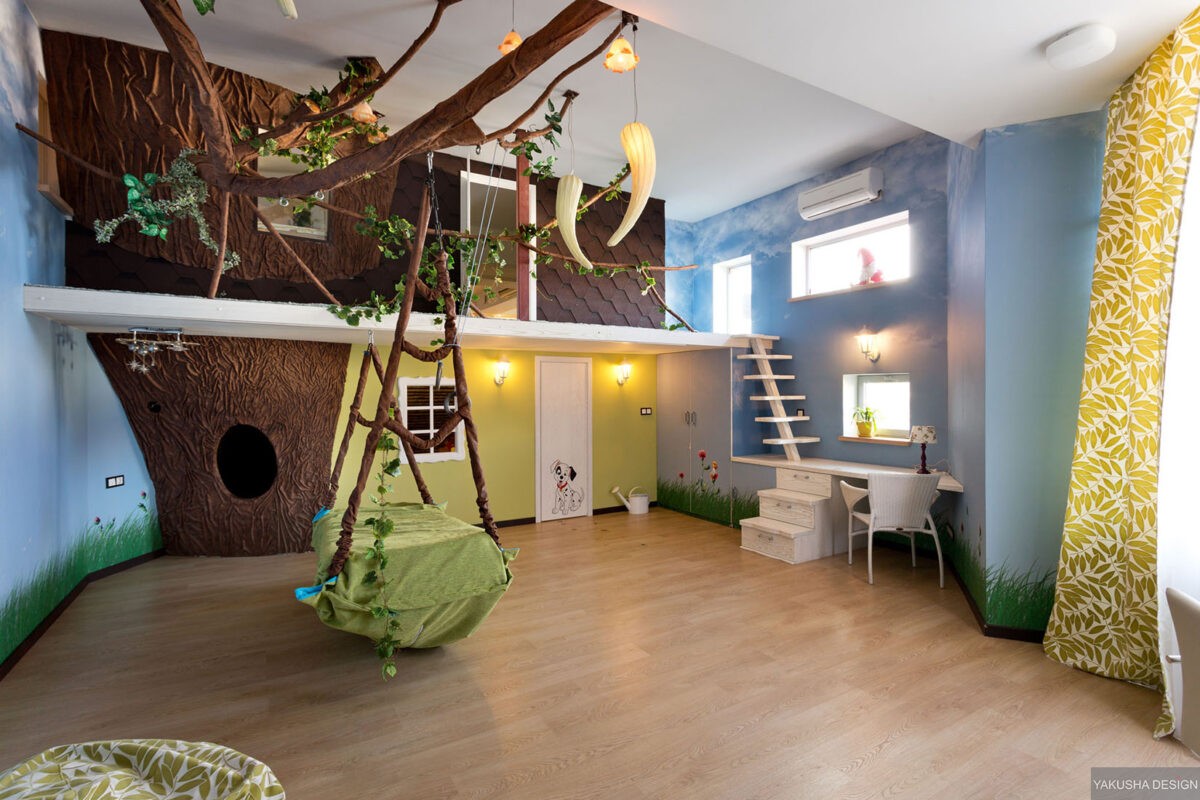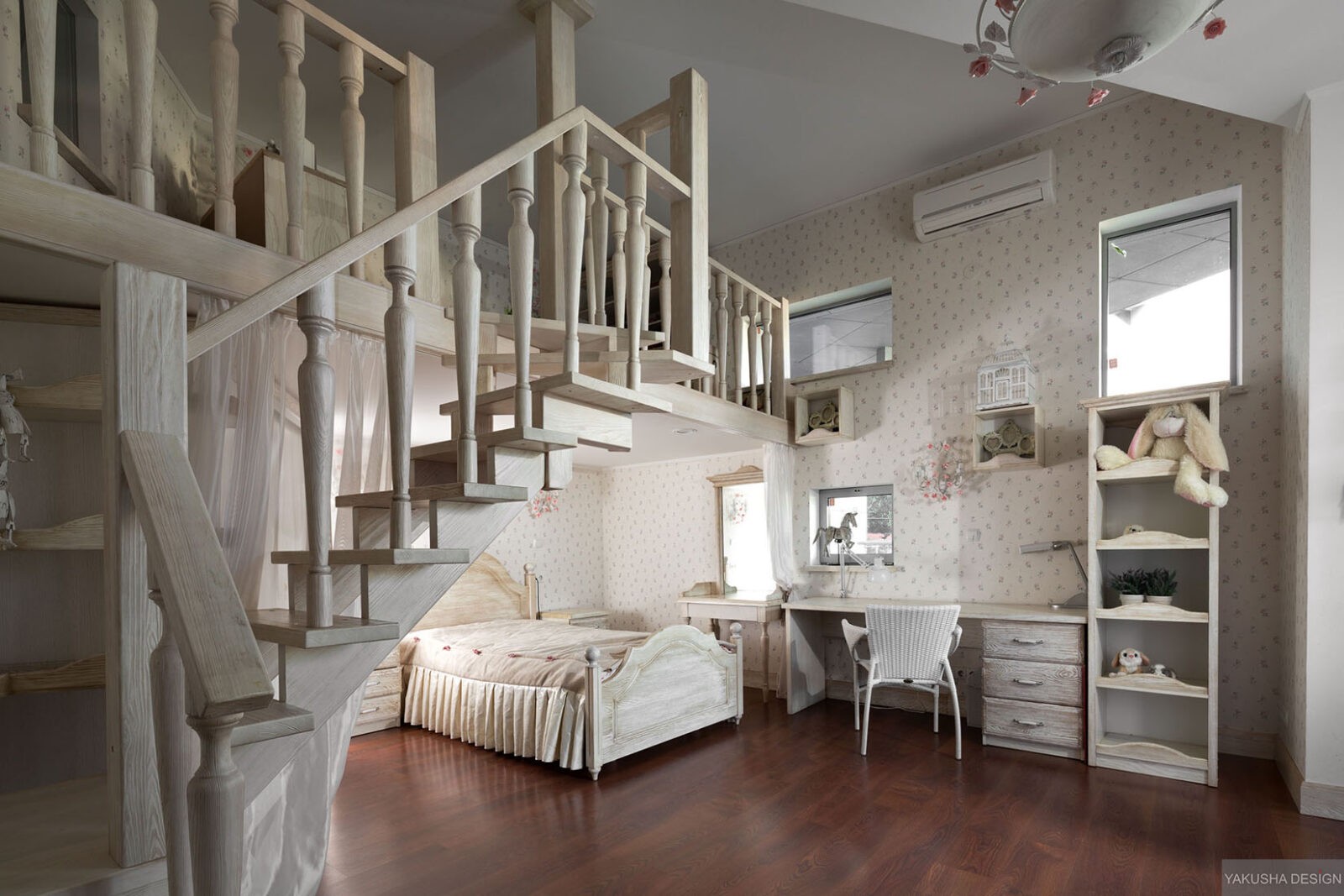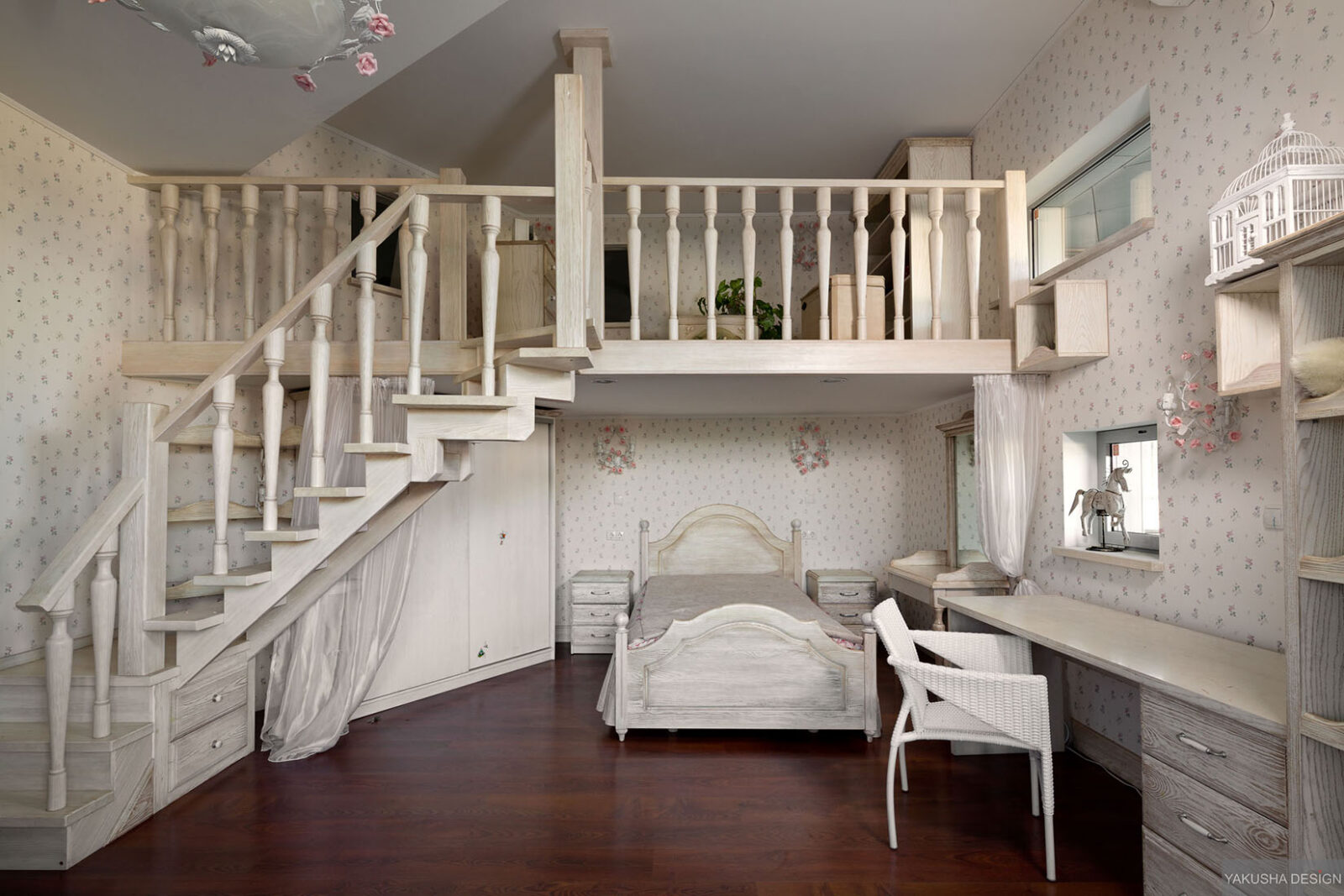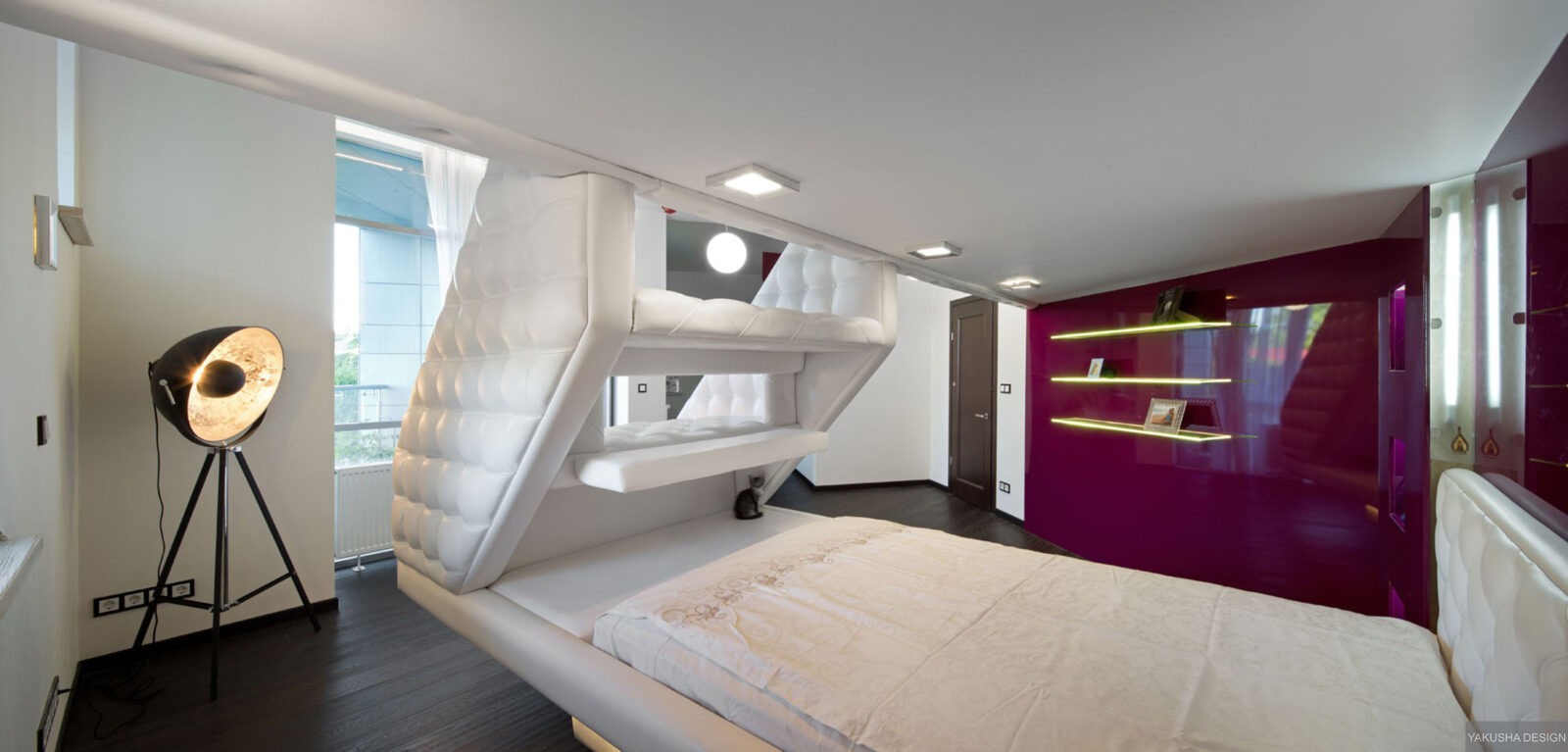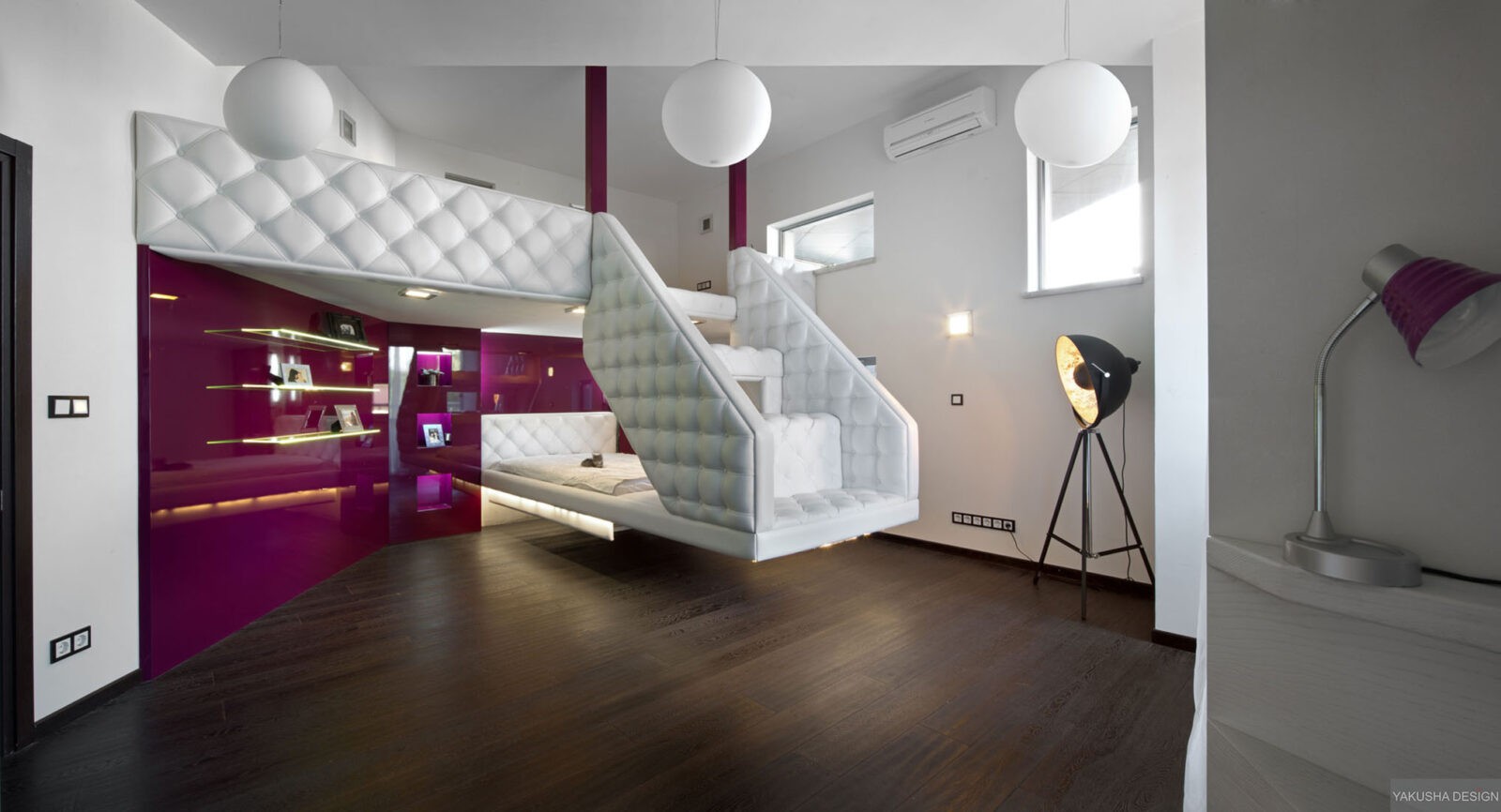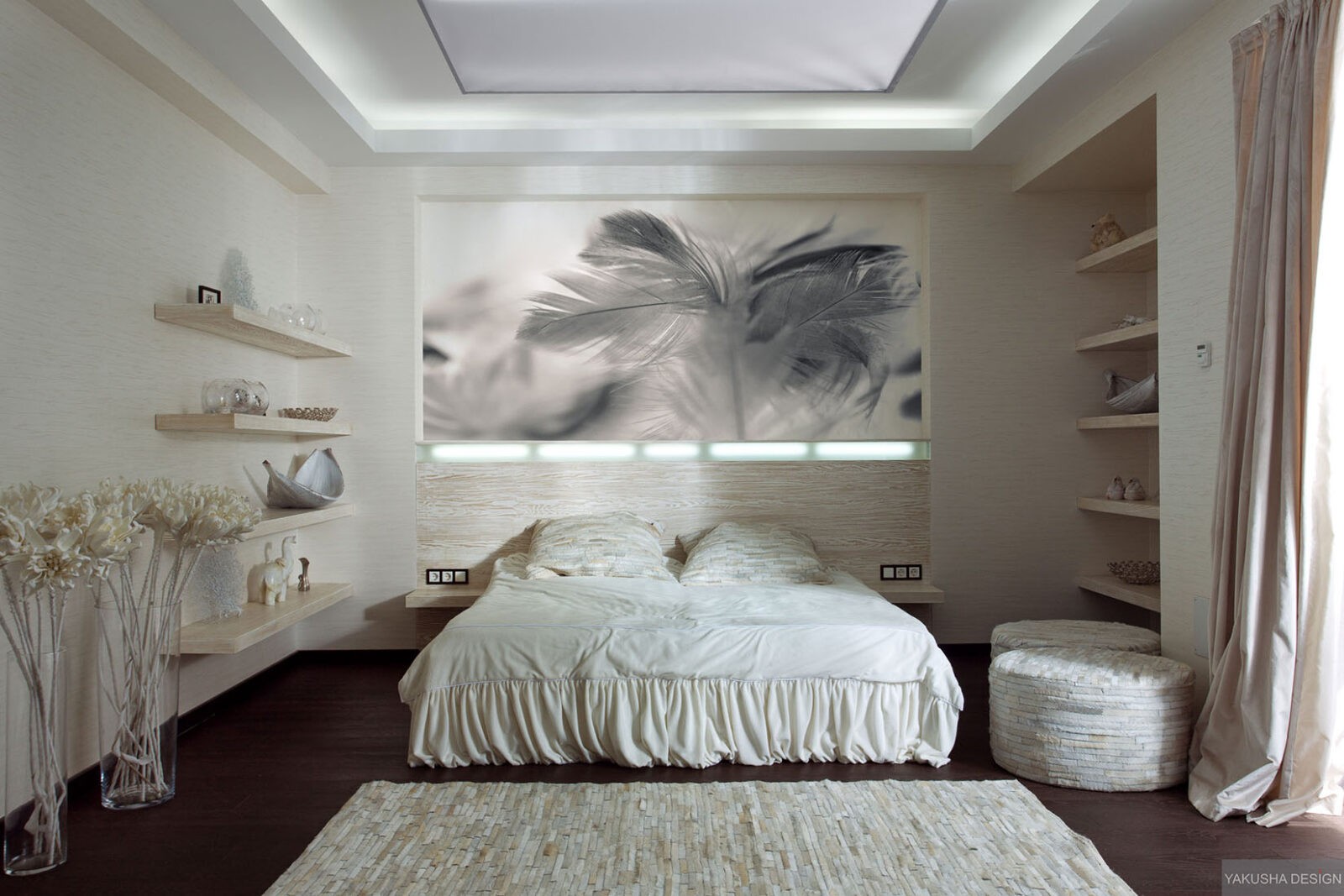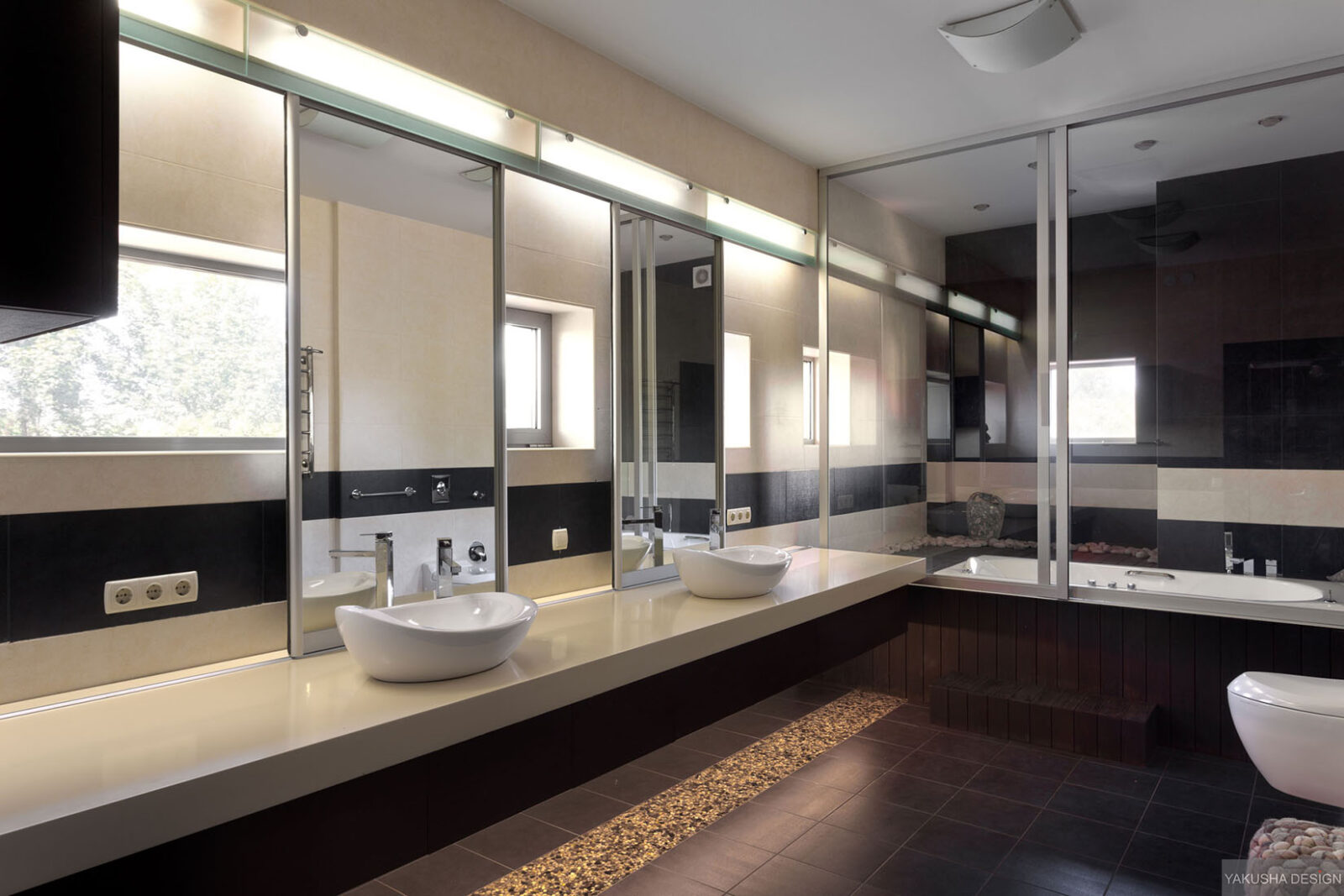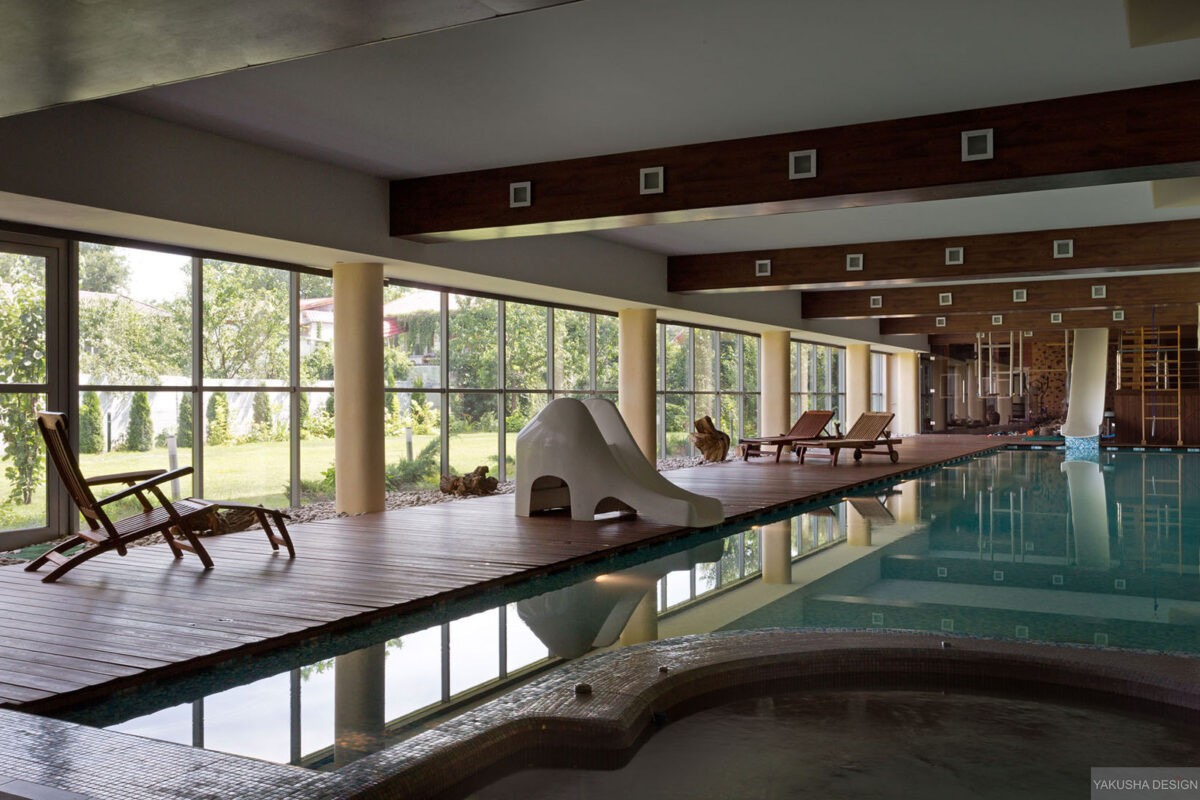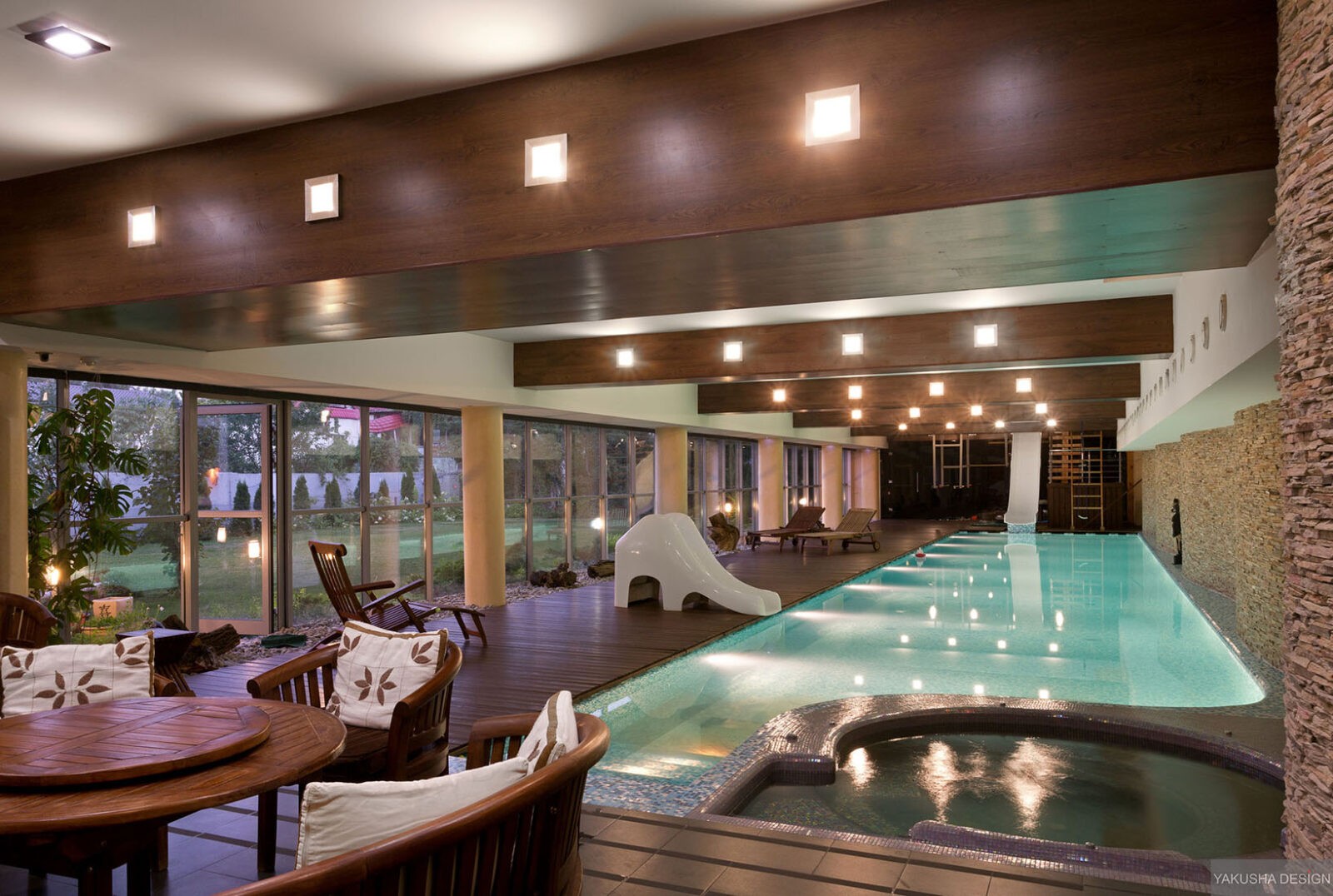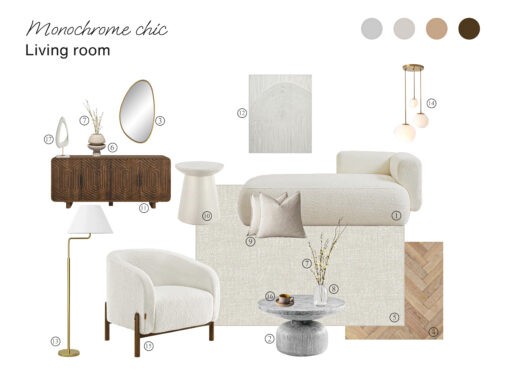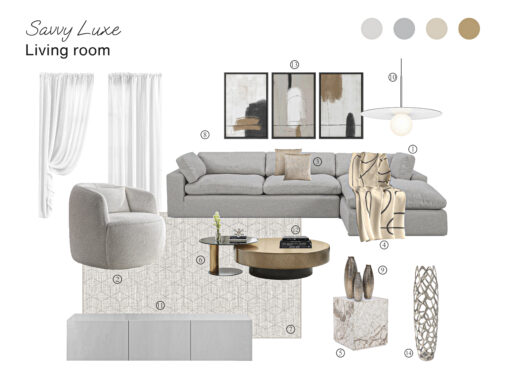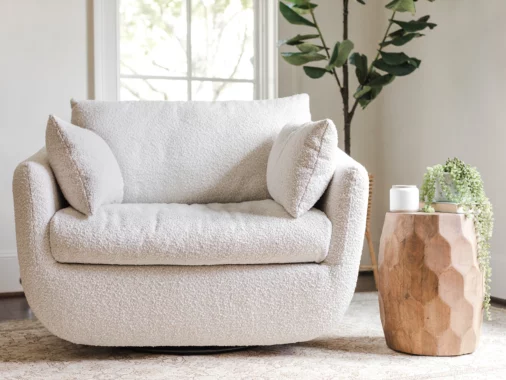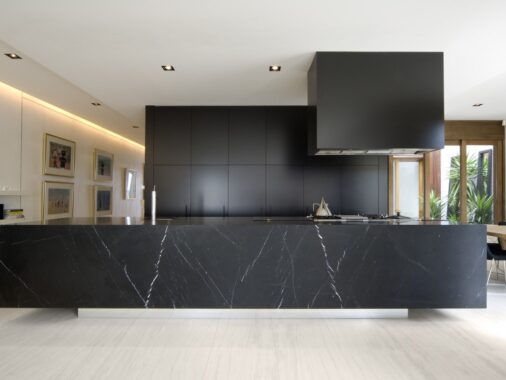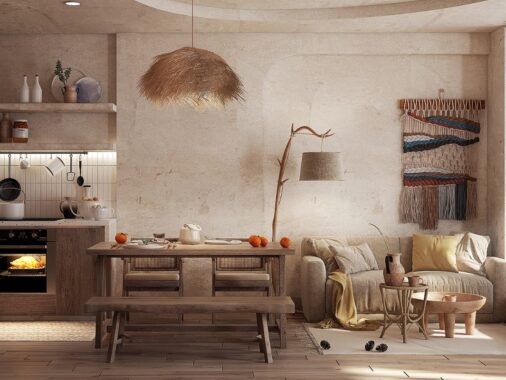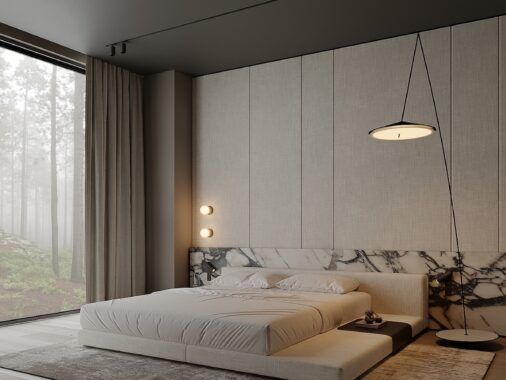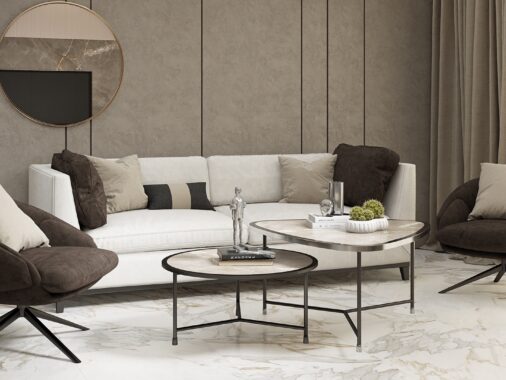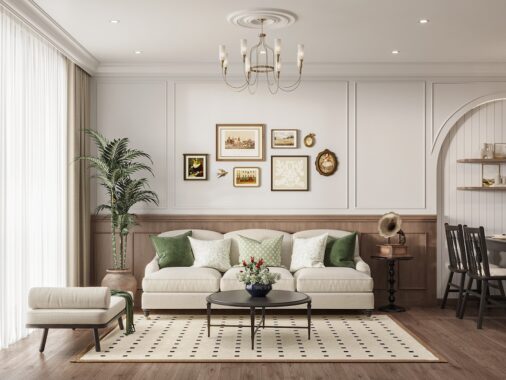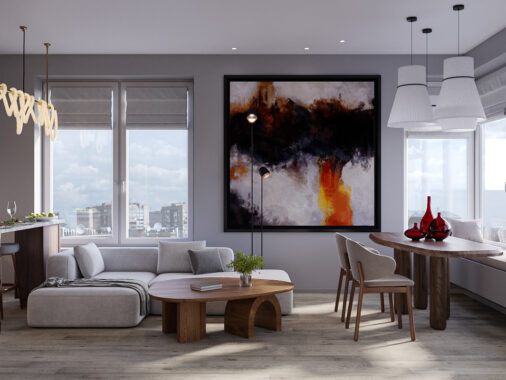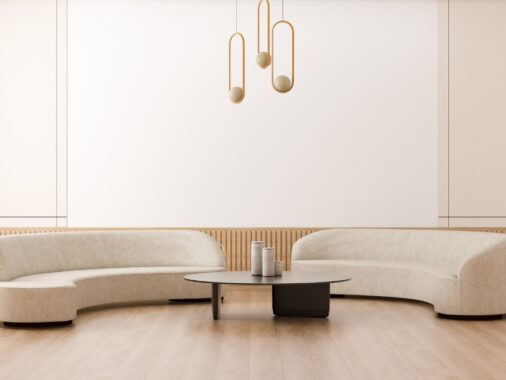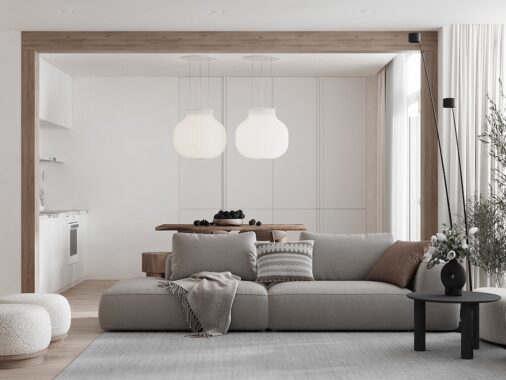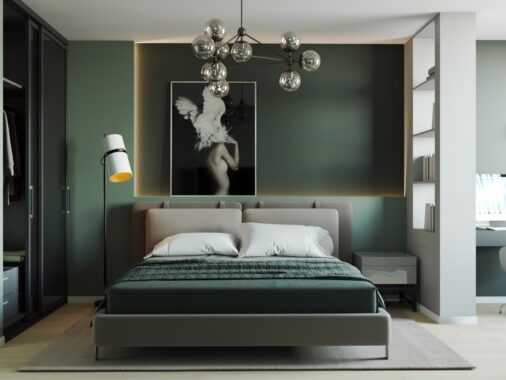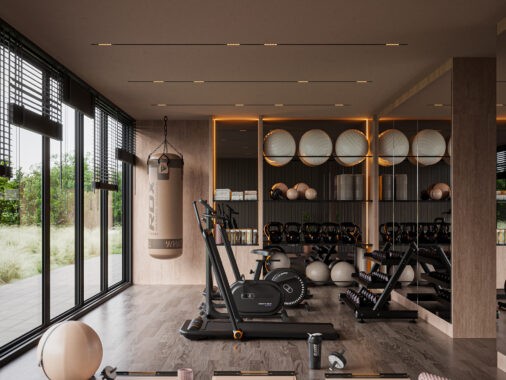, borne out of Ukraine and famed for breaking with Soviet tradition is responsible for this Dnepropetrovskian house. Delightfully surprising, the property was inspired by six people; its inhabitants (four of them children), and despite the impressive figure it cuts in the landscape, is a product of eco design, but it isn't until venturing inside the house that the environmental element becomes obvious. The interior design of this property is primarily an experiment with materials- contrasting and textured, and secondarily, a clear response to the client's brief.
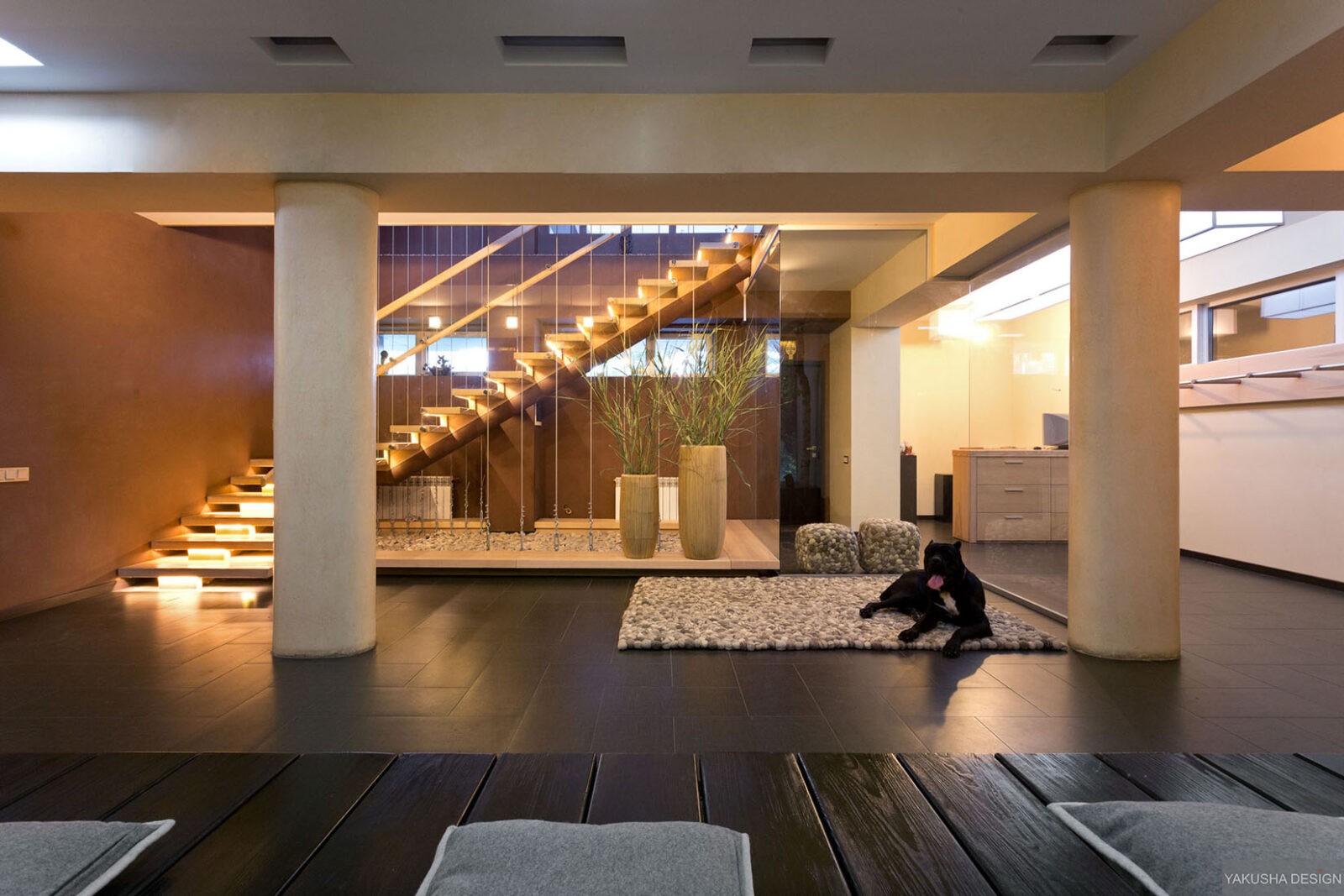
In an effort to draw the outside in, truly unique elements of style have been cultivated by this design team. The addition of indoor plants brings life and an authenticity to a tree trunk installation and wooded feature wall at the foot of the floating, glass-paneled stairwell. This organic space is complimented by a novel textile technique in the inclusion of a pebble-look floor mat and matching twin cubes, which adds a greater dimension to the rectangular pebble pit that lies beneath the stairs.
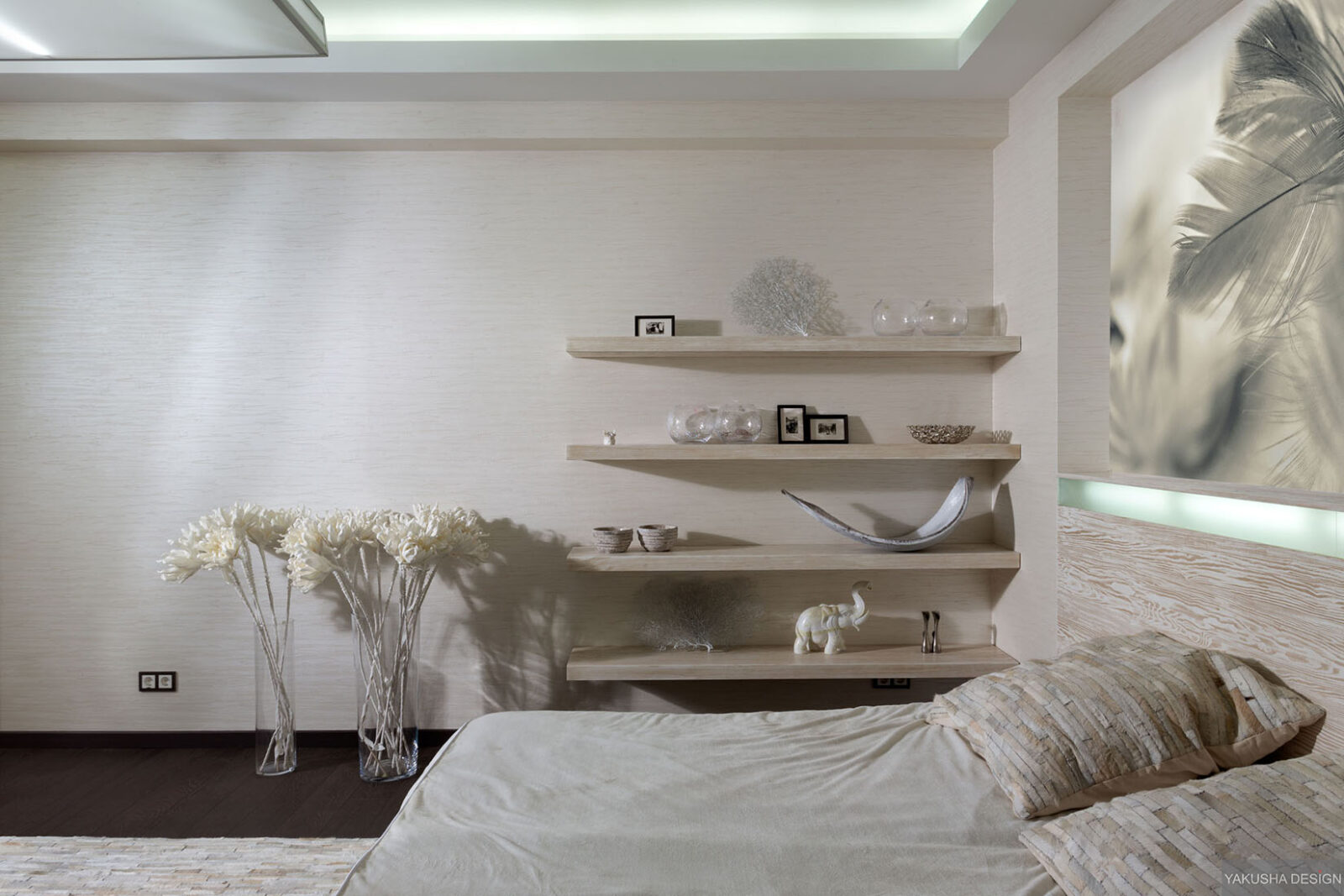
Yakusha have demonstrated an ability to incorporate the individual desires of the clients without compromising the integrity of the greater design ethos. Though few may find its lack of cohesion offensive, that is part of its charm. The large communal spaces of this house, so beautifully appointed and presented dominate, but there is pleasure in knowing that behind any number of its closed doors, around its many corners and deep within its recesses, may lie a flight of fancy or even a jungle swing.
